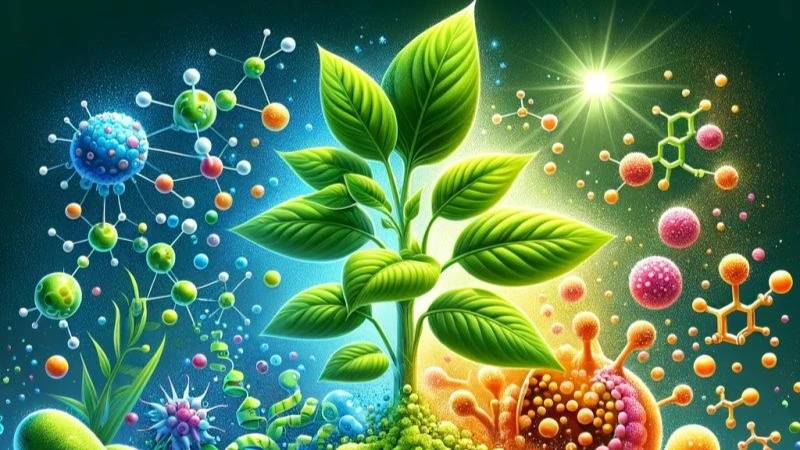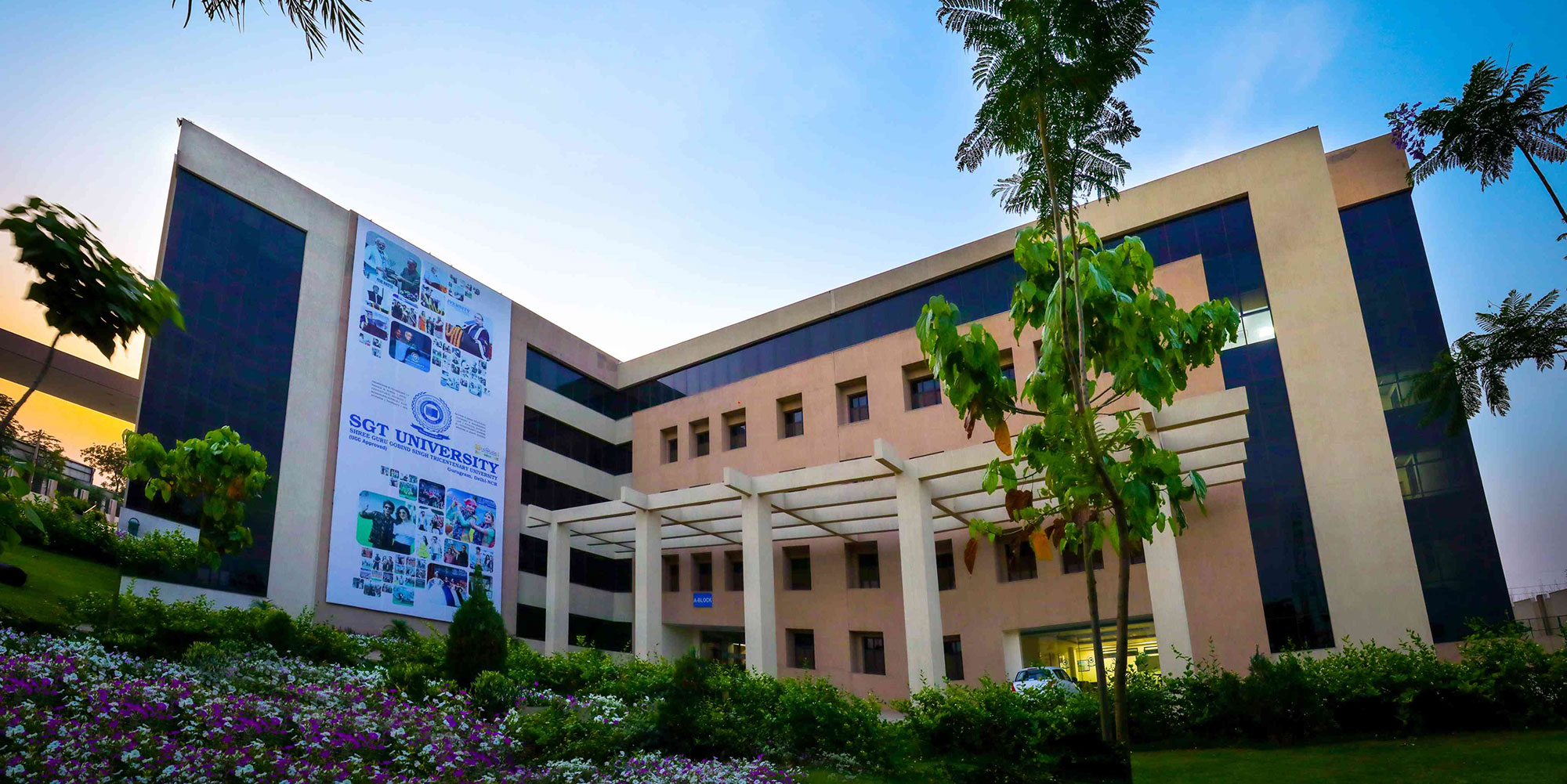Chemicals vs Microbes: Exploring the Impact of Fertilizer
Updated on: May 30, 2024

Fertilizers are essential for maintaining soil fertility and promoting plant growth. The two most common types of fertilizers used in agriculture are chemical fertilizers and biofertilizers. While chemical fertilizers have been used for decades, there has been a growing interest in biofertilizers in recent years. In this blog, we will compare biofertilizers and chemical fertilizers and look at the advantages and disadvantages of each.
Chemical Fertilizers:
Chemical fertilizers are synthetic compounds made from inorganic materials. They are designed to provide plants with the essential nutrients they need for growth, such as nitrogen, phosphorus, and potassium. Chemical fertilizers are widely used in agriculture because they are easy to apply and provide quick results. However, there are several disadvantages to using chemical fertilizers.
Advantages of Chemical Fertilizers:
1. Quick Results: Chemical fertilizers provide quick results as they release nutrients quickly, leading to rapid plant growth.
2. Precise Nutrient Content: Chemical fertilizers can be precisely formulated to meet the specific nutrient requirements of plants.
Disadvantages of Chemical Fertilizers:
1. Environmental Pollution: Chemical fertilizers can lead to environmental pollution by leaching into water bodies, causing eutrophication and other environmental problems.
2. Soil Degradation: Overuse of chemical fertilizers can lead to soil degradation, reducing soil fertility over time.
3. Health Risks: Chemical fertilizers may pose a health risk to farmers and consumers, as some of the chemicals used in their production are toxic.
Biofertilizers:
Biofertilizers are natural fertilizers that contain living microorganisms, such as bacteria, fungi, and algae. They work by increasing soil fertility and plant growth by fixing nitrogen, solubilizing phosphorus, iron, zinc, silica, and potassium, and producing growth-promoting substances such as phytohormones, secondary metabolites, etc. Biofertilizers are gaining popularity in agriculture because they are eco-friendly and sustainable. However, there are also some disadvantages to using biofertilizers.
Advantages of Biofertilizers:
1. Eco-Friendly: Biofertilizers are eco-friendly and sustainable, making them a better choice for the environment.
2. Soil Improvement: Biofertilizers improve soil fertility and health by promoting soil microorganisms and organic matter.
3. Cost-Effective: Biofertilizers are often more cost-effective than chemical fertilizers, as they can be produced on-farm using locally available materials.
Disadvantages of Biofertilizers:
1. Slow Results: Biofertilizers may take longer to provide visible results as they work slowly.
2. Specific Applications: Biofertilizers are often specific to certain crops and may not work on all plants.
Conclusion
Both chemical fertilizers and biofertilizers have advantages and disadvantages. While chemical fertilizers provide quick results, they can lead to environmental pollution, soil degradation, and health risks. Biofertilizers, on the other hand, are eco-friendly, improve soil health, and are cost-effective. However, they may take longer to provide visible results and may be specific to certain crops. In general, biofertilizers are a better choice for sustainable agriculture, but the use of chemical fertilizers may be necessary in some cases. Farmers should consider their specific needs and goals when choosing between biofertilizers and chemical fertilizers.
Dr. Kunal
Post-Doc, Ph.D (Microbiology)
Associate Professor & Deputy Dean (Research)
Department of Microbiology
School of Allied Health Sciences
SGT University, Budhera Gurugram 122505, Haryana (India)

